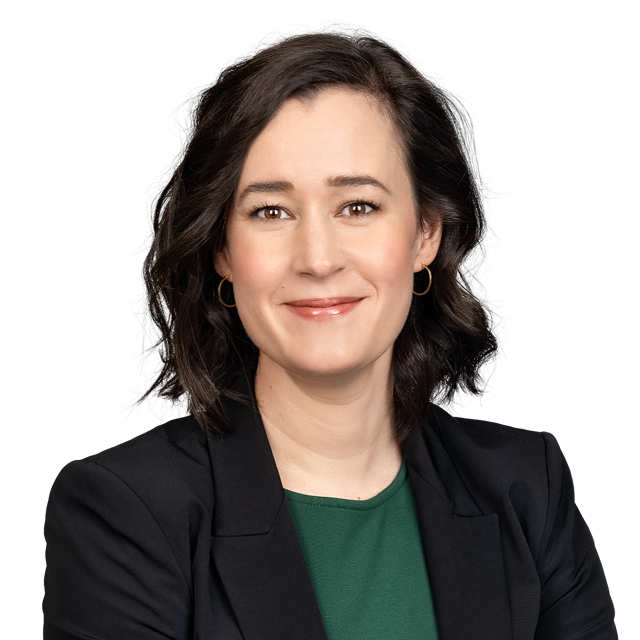Changes affecting the approval of medical devices are coming. On May 6, 2015, Health Canada released a draft List of Recognized Standards for medical devices for stakeholder consultation.
The consultation period is open until July 6, 2015.
Background
All medical devices must meet certain safety, effectiveness and labelling requirements under the Medical Devices Regulations. The Regulations state these requirements in general terms. To clarify the requirements, Health Canada relies on standards described in documents issued by national and international standards organizations. These standards documents provide requirements, specifications, guidelines and characteristics ensuring that materials, products, processes and services are fit for their intended purposes. Adherence to recognized standards is not mandatory, but can reduce regulatory obstacles to medical device licensing.
If a manufacturer elects to conform to the standard, the manufacturer must submit a Declaration of Conformity that meets specified requirements. If the manufacturer elects not to conform to the standard, the device licence application must include detailed information to demonstrate that the manufacturer has met an equivalent or better standard, or provide alternative evidence of safety and efficacy.
Changes
Health Canada has proposed the following changes in the draft List of Recognized Standards:
- Adding 26 new standards.
- Replacing nine standards with new editions.
- Removing 17 old standards.
These changes to the standards will apply to a manufacturer seeking to obtain any of the following:
- A medical device licence for a Class II, III or IV device (Section 32 of the Regulations) and if applicable, a medical device licence amendment.
- An authorization for special access (Section 71(2) of the Regulations).
- An authorization to sell or import a Class III or IV custom-made device (Section 71(2) of the Regulations).
- An authorization for investigational testing of a Class II, III or IV device (Section 82 of the Regulations).
Among the 26 new added standards is a standard that will directly affect all medical devices and several standards that will only affect specific classes of medical devices.
The new general standard specifies a process by which a manufacturer of any medical device should analyse, specify, design, verify and validate the usability of the device, as it relates to safety. This standard is intended to assess and mitigate risks caused when patients have difficulty learning to use a medical device.
New standards have been added that will affect the following classes of devices in the following areas:
- Cardiovascular implants: operational conditions and performance requirements for transcatheter heart valve substitutes.
- Active implantable medical devices: electromagnetic compatibility test.
- Medical electrical equipment: general requirements for basic safety and essential performance, safety of medical electrical systems used in the home healthcare environment, and safety of non-laser light source equipment intended for therapeutic, diagnostic, monitoring and cosmetic/aesthetic use.
- Aseptic processing of health care products: general requirements for manufacturing processes, filtration requirements, sterilization requirements, and alternative processes for medical devices and combination products.
- Cleanrooms and associated controlled environments: classification of air cleanliness, specifications for testing and monitoring, test methods, design and construction, operations, separative devices, classification of surface cleanliness and biocontamination control.
- Surgical materials and devices: test methods for dynamic evaluation of prosthetic glenoid components.
The nine updated standards will affect the following classes of medical devices in the following areas:
- Active implantable devices: requirements for cardiac pacemaker devices.
- Implants: requirements for coating of orthopedic implants, the static and dynamic mechanical characteristics of spinal implants, and labelling information for musculoskeletal implants.
- Medical electrical equipment: basic safety and essential performance of infusion pumps and controllers.
- Laser products: safety.
- Cells, tissues and organs for transplantation: safety.
- Metallic coatings: shear and bending fatigue tests for resistance of coated metallic materials.
The removal of the 17 old standards will affect the following specific classes of medical devices in the following areas:
- Medical electrical equipment: general requirements for safety and performance of pulse oximeter equipment, respiratory gas monitors, cardiac defibrillators, nerve and muscle stimulators, electrocardiographs, electroencephalographs, and extracorporeally induced lithotripsy.
- Active implantable devices: electromagnetic compatibility test protocols for implantable cardiac pacemakers and cardioverter defibrillators.
Effects
Health Canada will not issue a new licence or an authorization for a device that conforms to a standard that has been removed or replaced. However, licences and authorizations issued while the old standard was recognized will continue to be valid.
Where a new standard applies, Health Canada will not issue a new licence unless the manufacturer establishes that the medical device conforms to the new standard, meets a better standard, or provides alternative evidence of safety and efficacy.
As a general rule, manufacturers seeking a device licence or authorization should review Health Canada's draft List of Recognized Standards. Those who believe their business might be adversely affected should also consider commenting on the effects of the new standards in the remaining weeks before the consultation period closes.


















